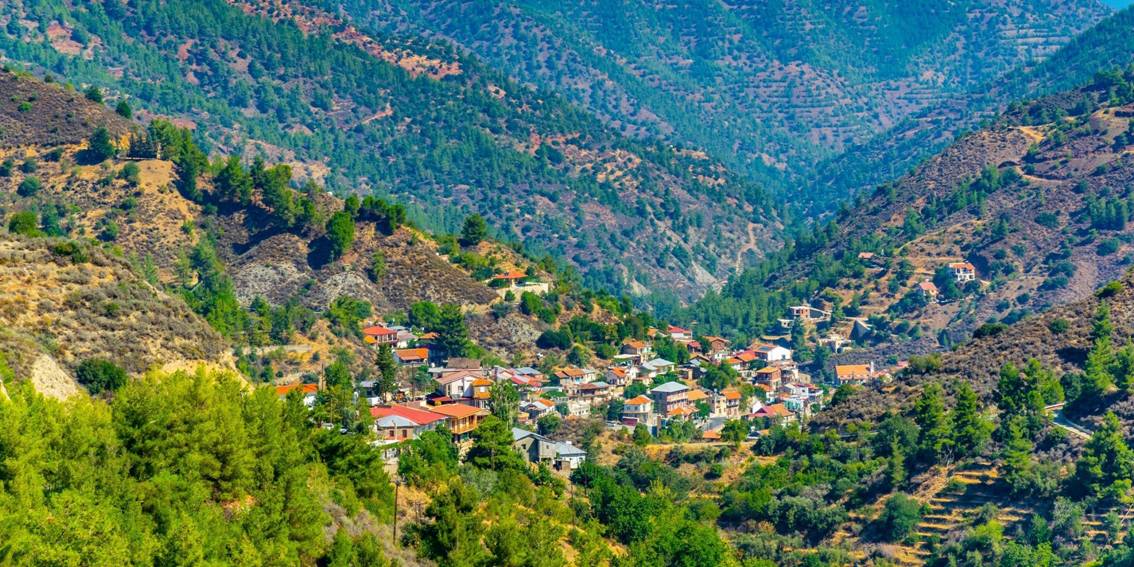A Village With Natural Beauty and Cultural Heritage
Kalopanayiotis Village, nestled in the Marathasa Valley of the Troodos Mountains in Cyprus, boasts a vibrant history. People have inhabited this picturesque village since ancient times, drawn by its fertile lands and abundant water sources. Over centuries, the community evolved, blending natural beauty with cultural heritage.
During the Roman and Byzantine Periods
In antiquity, settlers established Kalopanayiotis as a small agricultural hub. Farmers cultivated the land and reaped the benefits of the mineral-rich soil. They also built water mills along the Setrachos River to process their crops. Archaeological findings suggest that the area played a role in trade and agriculture during the Roman and Byzantine periods. Local craftsmen and traders contributed to the village's growth by producing and exchanging goods with neighbouring regions.
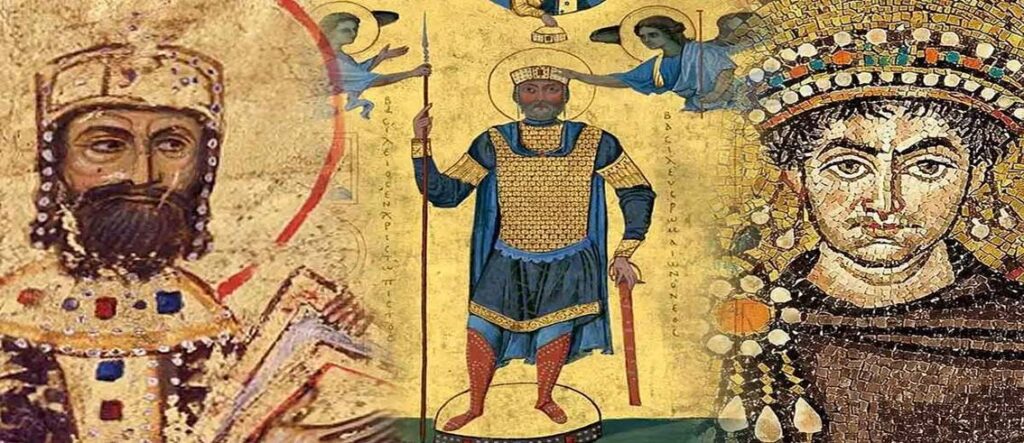
The Byzantine Era
The village gained prominence in the Byzantine era, thanks to its strategic location and spiritual significance. Monks and pilgrims travelled to the region to visit the Holy Monastery of Saint John Lampadistis. The monastery, a landmark in Kalopanayiotis, dates back to the 11th century. Clerics and believers revered Saint John Lampadistis as a spiritual figure, which led to the monastery becoming a pilgrimage site. The frescoes and architecture of the monastery reflect the artistic and religious influences of the time. Pilgrims and travellers brought wealth and recognition to Kalopanayiotis, cementing its status as a cultural centre.
A Vibrant Economic Hub
During the Frankish and Venetian periods, the village continued to thrive. The rulers of these eras recognized the value of Kalopanayiotis’ location and resources. They encouraged the development of viticulture, and the villagers produced high-quality wine. People in the village also expanded their agricultural practices to include the cultivation of walnuts, almonds, and fruits. At the same time, artisans gained a reputation for creating intricate handicrafts, including textiles and pottery. Trade flourished, and Kalopanayiotis prospered as a vibrant economic hub.
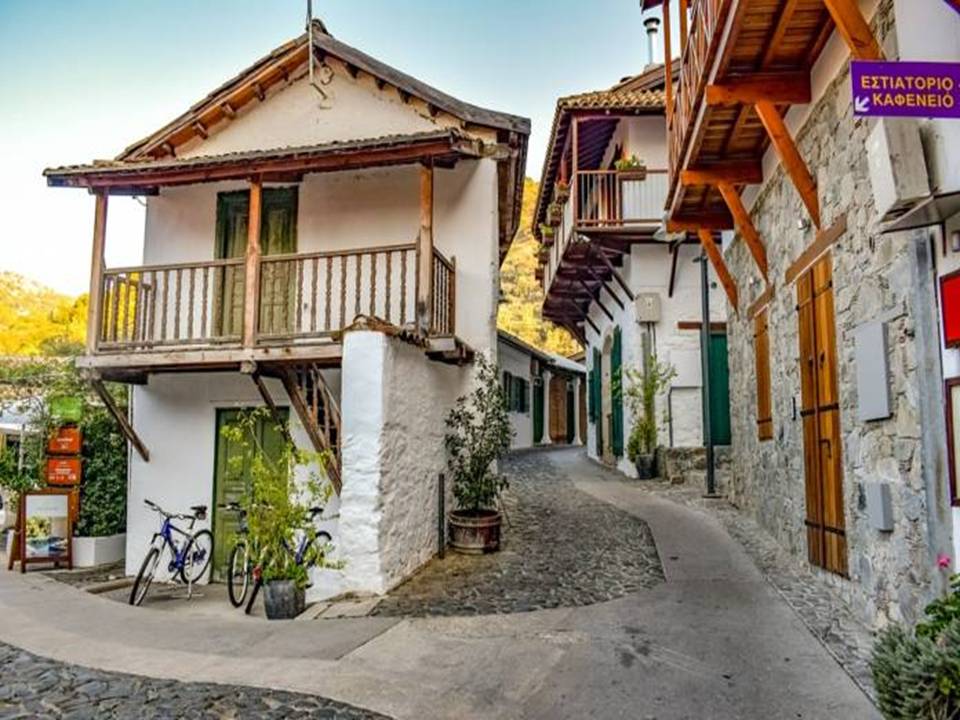
The Ottoman Era
Ottoman rule brought significant changes to Kalopanayiotis. The villagers endured heavy taxation, yet they maintained their cultural and religious traditions. Residents frequently gathered at the monastery for communal worship and festivals, preserving their spiritual and social connections. During this period, the community also built several traditional houses, showcasing the distinctive architecture of stone walls, wooden balconies, and tiled roofs. These homes stand today as a testament to the village’s resilience and resourcefulness.
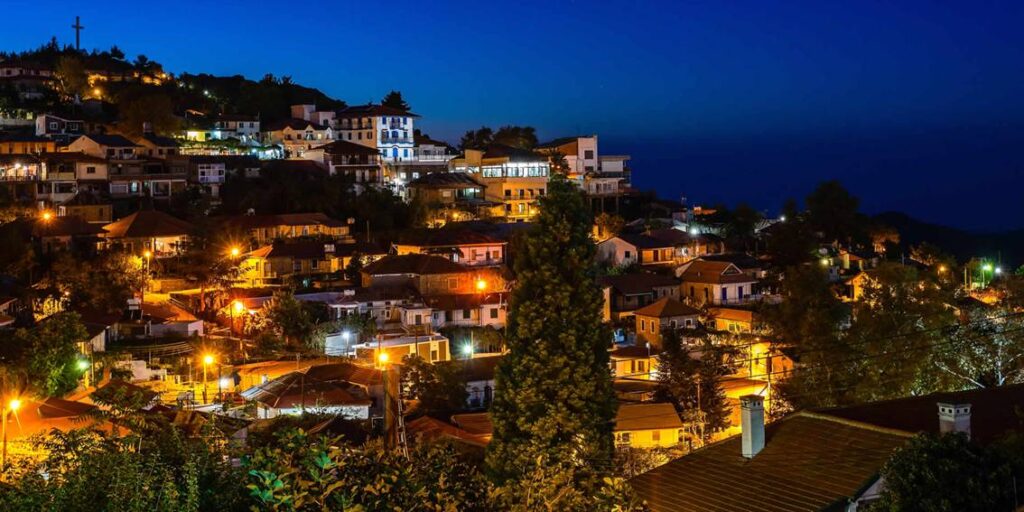
New Agricultural Techniques
In the 19th and early 20th centuries, Kalopanayiotis witnessed modernization efforts. Locals embraced new agricultural techniques and improved irrigation systems, boosting productivity. They introduced crops such as olives and citrus fruits, which diversified their economy. At the same time, education became a priority, and the village established schools to promote literacy and learning. Kalopanayiotis also became a hub for herbal medicine, with residents using the region’s diverse flora for healing purposes.
Challenges and Transformations
The 20th century brought challenges and transformations. Many villagers emigrated to urban areas or abroad in search of better opportunities. Despite this, Kalopanayiotis retained its charm and cultural heritage. Restoration projects in recent decades have revitalized the village, preserving its traditional architecture and historic sites. The monastery’s restoration, in particular, has attracted visitors from around the world.
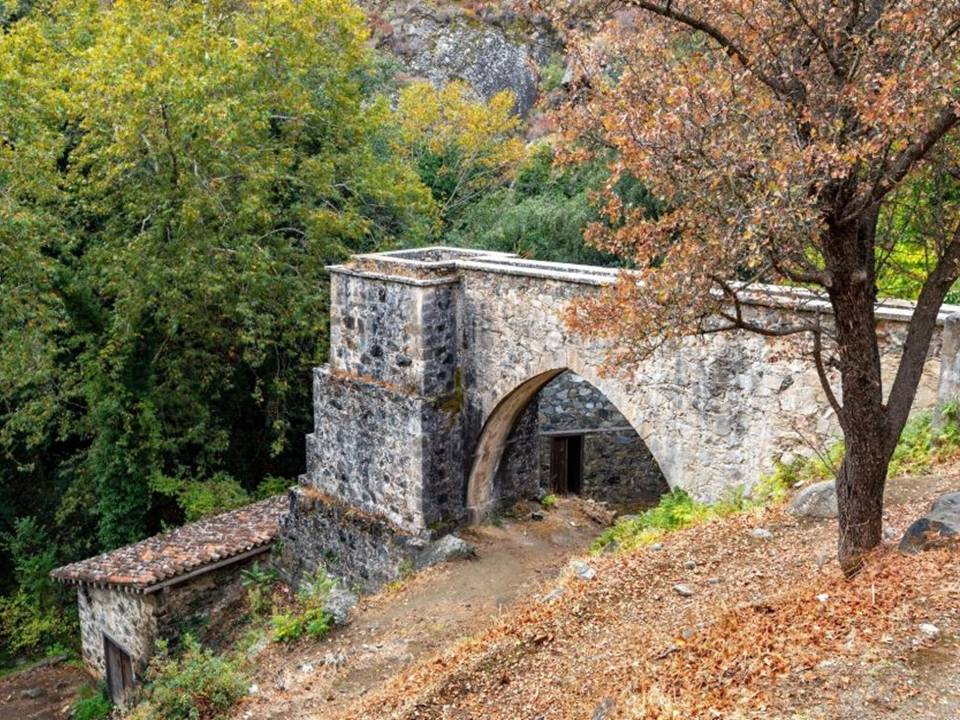
Sustainable Tourism and Cultural Preservation
Today, Kalopanayiotis stands as a model of sustainable tourism and cultural preservation. The community actively welcomes visitors while maintaining its heritage. Guests can explore cobblestone streets, taste traditional Cypriot cuisine, and immerse themselves in the village’s history. Locals proudly share their customs, ensuring that Kalopanayiotis’ legacy endures for future generations.
Kalopanayiotis’ story showcases the enduring spirit of its people. From its ancient roots to its modern revival, the village embodies resilience, creativity, and a profound connection to its past. Every corner of Kalopanayiotis tells a tale, inviting travellers to step into a living history shaped by centuries of human endeavour.

